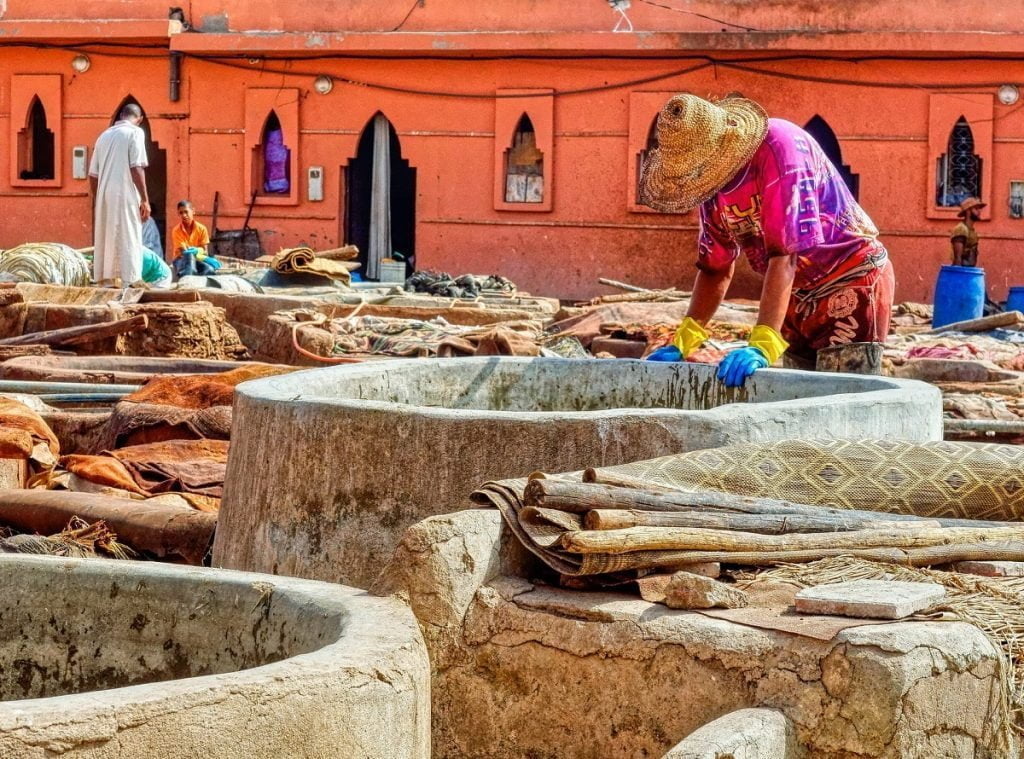An Introduction to the Higg Index and its role in the movement towards Sustainable Apparel
By Lena Milton
Our clothes are one of the biggest contributors to our individual carbon footprints. The global fashion industry contributes to 8% of carbon emissions, is a leading cause of oceanic microplastic pollution, and is one of the most exploitative industries on the planet.
With such significant environmental and social impacts, the fashion industry is in desperate need of reforms to mitigate its intensive impacts on our planet.
The Higg Index is a self-assessment tool designed to help clothing and footwear companies evaluate their social and environmental impacts and push the fashion industry into a more sustainable and ethical future.
Why Do We Need the Higg Index?
The fashion industry is one of the largest industries in the world, employing more than 75 million workers worldwide. The majority of these employees are factory laborers in developing nations that lack safety and labor regulations. As a result, millions of people in the fashion industry are severely overworked, underpaid, and work in hazardous conditions.
Many people who work in clothing manufacturing report working 14-18 hour shifts to meet production deadlines. These long hours lead to severe health concerns, including:
- Fatigue
- Arthritis
- Back pains
- Fainting and dizzy spells
While working heavy machinery, these ailments can cause life-threatening work-related accidents. Workers in the fashion industry face some of the harshest conditions of any industry in the world, with an estimated 1.4 million injuries in clothing factories every year.
On top of major social concerns, the fashion industry is also a leading cause of global pollution and climate change.
Chemical waste from clothing manufacturing leads to significant amounts of water pollution. In the same factories where workers are at risk from hazardous conditions, 90% of chemical waste from dyes is dumped into waters untreated, leading to contaminated waters that poison local residents and leach into neighboring environments.
The effects of the fashion industry extend far beyond the factories and impact global environments. Microplastics from synthetic fabrics are filling up our oceans at increasingly fast rates, leading to ocean acidification and severe plastic pollution.
Microfibers currently make up 35% of oceanic plastic pollution and are expected to increase exponentially in the coming decades.

Photo by Johannes Pokorn on Unsplash
How Does the Higg Index Help?
Even though the effects of the fashion industry are widespread, there’s hope for improvement. The Higg Index, developed by the Sustainable Apparel Coalition, is a set of assessment tools that work together to evaluate a company’s social and environmental impacts, and identify areas of improvement. The Higg Index was created in 2012 and has become one of the major textile industry standards since then.
Clothing companies can utilize direct or third-party Higg Index certification to assess their impacts with the tool, evaluating a wide variety of factors in both environmental and social categories. By providing specific criteria for companies or unbiased third parties to evaluate, the Higg Index helps companies perform more directed and effective assessments. Many brands are Higg Index certified, such as Salomon, Aldo and Gap.
Environmental assessments include:
- Water consumption
- Contributions to climate change
- Nutrient pollution (eutrophication)
- Fossil fuel depletion
- Waste
- Chemical pollution and chemical management
Social assessments include:
- Working hours
- Wages and benefits
- Employee treatment
- Employee involvement
- Health and safety
- Termination practices
- Community engagement

Photo by Rio Lecatompessy on Unsplash
The Higg Index thoroughly evaluates the business practices of every faction of a company, fully vetting the supply chain at every step. This encourages full supply chain transparency in companies, leading to stronger sustainability and ethical practices throughout the entire network of the company.
As of 2021, over 500 companies have adopted the Higg Index to assess their products’ impacts. The assessment tool is working in dozens of countries around the world to bring apparel companies closer to sustainability.
The Higg Index is by no means the only sustainable textile certification out there. For example, GOTS certification measures a company’s adherence to organic standards. However, the Higg Index is unique in that it focuses on both environmental and social responsibility. By utilizing the Higg Index, the fashion industry can fully evaluate efforts to improve environmental and ethical practices, and effectively push our clothing toward much-needed changes.